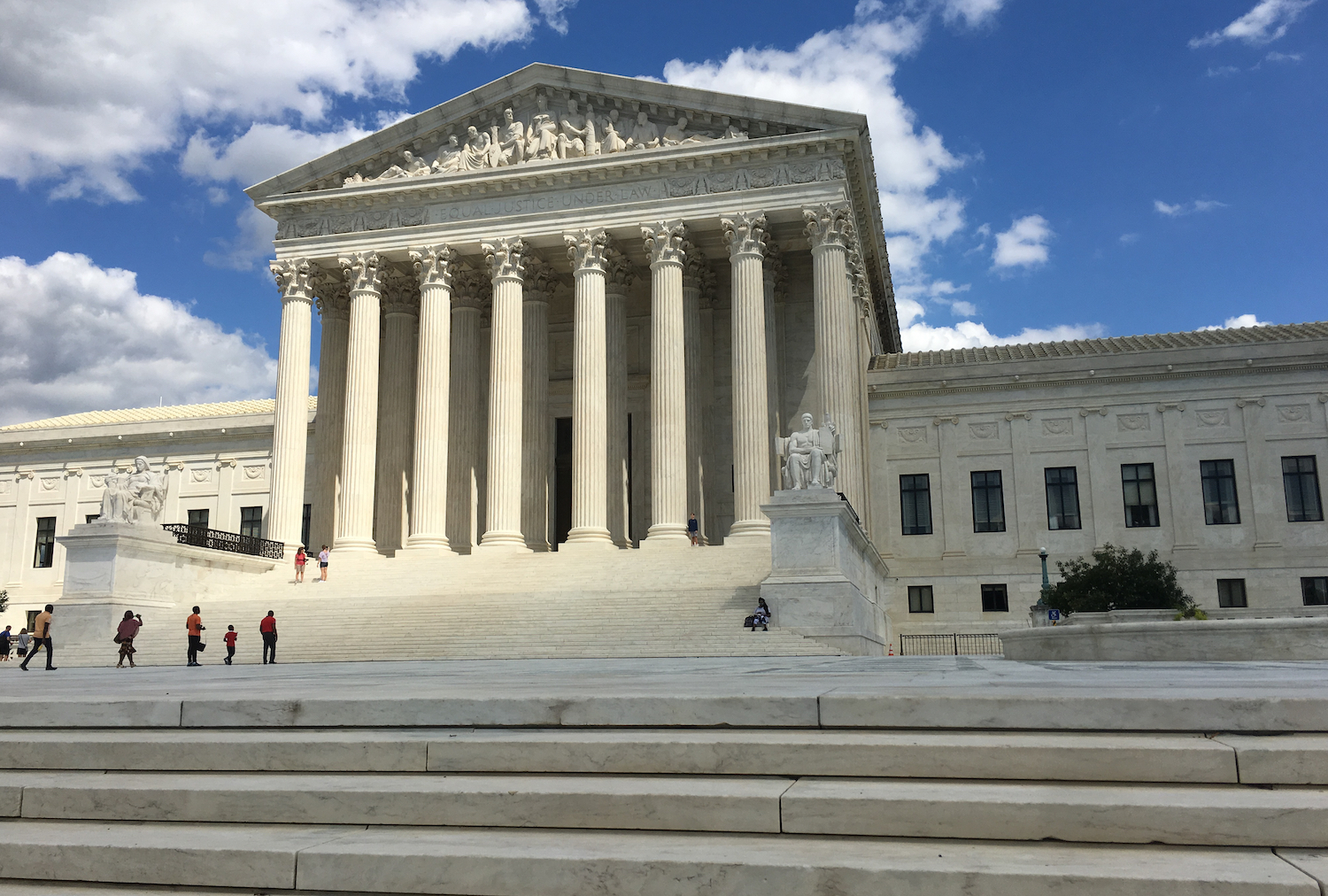ImpactAlpha, Jul. 6 – Another legal shoe may yet drop, but until then investors committed to racial equity strategies say they are more, not less, determined to increase access to capital for Black and Brown founders and diversity in asset management.
Last week’s U.S. Supreme Court decision barring affirmative action in university admissions has raised concerns that affirmative racial preferences in other areas, including hiring, contracting, investments and asset allocations may also face legal challenges.
That presents an opportunity for investors to reaffirm their commitments to building a more equitable society.
“It’s disappointing, but we’re right back at work,” Illumen Capital’s Daryn Dodson told ImpactAlpha. He said Illumen’s thesis – that reducing racial bias can drive more optimal performance – is research-driven and consistent with fiduciary duty; recent developments do not change that. His advice: “Keep the eyes on the prize and keep the focus on ways markets can drive positive change.”
Melissa Bradley of 1863 Ventures said she expects little direct impact from the decisions, as post-George Floyd commitments to founders and general partners of color were waning even before the Supreme Court ruling.
“The case now justifies the continued underinvestment in these important communities,” Bradley told ImpactAlpha.1863 provides non-dilutive capital to Black, Latino and other historically marginalized entrepreneurs.
“I and many others have shared the need to focus on returns, stay focused, and build remarkable businesses,” she said.
Equity outcomes
The SCOTUS decisions “may slow racial equity investing but doesn’t have to stop it,” says Urban Institute’s Hannah Martin. One particular area that may come under scrutiny is how foundations use mission-related investments, or capital from their endowments, to advance racial equity.
Lawyers interviewed by Urban Institute for a policy brief on the topic raised anti-discrimination law, and ripple effects from SCOTUS’s rulings on affirmative action, as potential barriers to foundations using such MRIs to advance racial equity goals, says Martin.
“The primary way that we observed foundations making racial equity-focused MRIs is by investing in fund managers of color, and the SCOTUS rulings could have implications for how foundations can make decisions about selecting fund managers,” Martin told ImpactAlpha.
Martin says the lawyers emphasized that foundations can still structure racial equity-focused MRIs in ways that are legally permissible, they just might need to seek legal counsel with expertise in anti-discrimination law. Seven foundation trustees interviewed by Urban Institute did not have concerns about anti-discrimination law being a barrier.
Keeping the focus on equity outcomes could safeguard strategies from legal challenges.
“The value of diversity is not reflected solely by race,” says Keesha Gaskins of the Democracy and Racial Justice practice at Rockefeller Brothers Fund, “it obviously includes viewpoints and life experience.”
Colleges, employers, volunteer managers and other gatekeepers, she says, “should be thinking about these issues to ensure that mission-based organizations and other goal-focused institutions function better, more fully, and more effectively by maximizing the scope of diversity.”
Choking the pipeline
Could the Supreme Court’s ruling govern corporate actions on diversity? Likely not, suggests Joelle Emerson of Paradigm Strategy.
“Colleges and universities that practice affirmative action use race as one factor (of many) in admissions,” Emerson wrote following the ruling. Organizations, in contrast, are already prohibited from using race as a factor in employment.
Instead, corporations have focused diversity and inclusion efforts to broaden access to talent, minimize bias in internal processes and boost communities of belonging among employees from marginalized backgrounds.
The ruling could impact those efforts, Emerson told The Information. “Companies are going to find it much harder to build diverse early career populations.”
Breaking the pattern
Tammy Halevy of Reimagine Main Street says the ruling “reflects a broader strategy to dismantle hard progress on removing barriers to participation in both economic and civic life.”
A judge halted COVID-era restaurant relief grants in 2021 meant to support historically underserved entrepreneurs disproportionately impacted by the pandemic after white business owners brought lawsuits challenging the policy.
In June, a separate group of white business owners convinced a federal judge in Texas to partially block business centers of the Minority Business Development Agency, a Nixon-era program made permanent in the Biden administration’s infrastructure bill.
In the wake of the SCOTUS ruling, Halevy says Reimagine Main Street, which represents minority-owned businesses, will look to downplay race and increase a focus on geography, revenue and other other variables in the definition of “disadvantaged business” in an effort to broaden access to capital.
In education, universities are already looking at U.C. Davis’s socioeconomic disadvantage scale, or S.E.D., to evaluate applicants on adversity in order to achieve greater diversity. The zero to 99 scale takes into account life circumstances, including family income and parental education, in addition to test scores and other standard admissions criteria. Children of doctors, for example, get a score of zero.
California banned affirmative action in 1996. The medical school credits the adversity score for helping it become one of the most diverse in the nation.
Adversity, indeed, is an entrepreneurial trait cited often by racial equity investors.
“The kid who faced tougher challenges has demonstrated more grit, more determination,” said President Biden, whose administration seeks to create a “new standard” around adversity in admissions standards.












